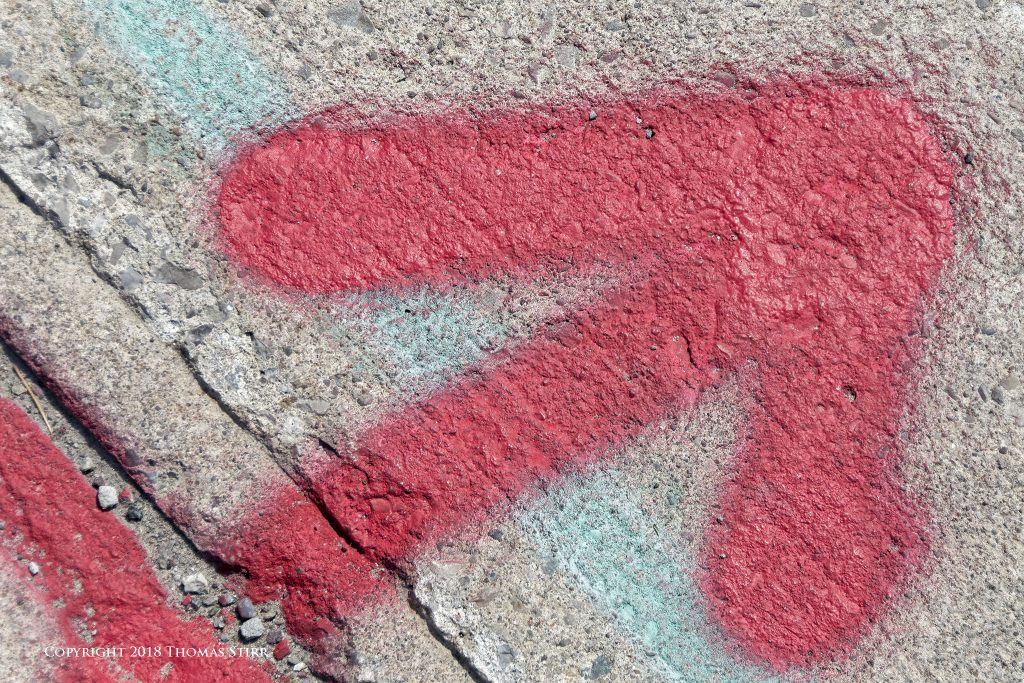It is interesting how we experience ‘being alone’. In the physical extreme some folks live as hermits, virtually cut off from the outside world. Others of us have a deep, internal fear of being alone and crave constant interaction with others. Many of us fall somewhere between these two extremes in terms of our desire to be in the physical presence of others.
NOTE: Click on images to enlarge.

Fundamentally there is a huge difference between being alone, and being lonely. Loneliness is an emotional state that can envelop us when we do not have the social interaction that we crave.

There are societal pressures that encourage group participation or extol the virtues of being part of a team. Putting more value on external associations… at the expense of individual discovery and understanding the individual self… is at the core of these societal pressures.

We see these pressures all around us every day as people define themselves based on external labels. At its worst, this can result in tribalism, mob rule, and an absence of critical thought.

Avoiding the pitfalls of following dogma can be difficult. We are often blind to our own narrow beliefs. It can be beneficial to stop and ask ourselves tough questions about what we do, and why we do it. The answers can be humbling. Often hard to face. And, sometimes terrifying.

Being part of a group can look appetizing. For many of us it starts early in our youth with organized sports. This sets us off on a dangerous path when we are very impressionable. The experience is focused on being part of the team and doing what’s best for the team. Coaching is about helping individual players improve for the betterment of the team.

How can we contribute fully to a team when we have no clear idea who we are as individuals and the talents we possess? We can’t. That’s the primary reason why we never encouraged our children to participate in team sports. It is important for people to become individuals first… and part of a team when and if they want that association after their formative youth years are behind them.

Societal pressures are all around us. Constantly pushing for conformity and acceptance by something outside of ourselves. From a young age we are bombarded with messages about the importance of being part of a group. Falling prey to this numbing pressure is at the root of loneliness.

One of the truths about life is that we are always alone mentally and emotionally in our individual experience of it. No matter how close our relationships may be with others… we can never truly experience what they feel with total understanding. We can only relate to their lives… to a greater or lesser degree… based on having similar, but not identical experiences.

Sitting in a room alone is one of life’s most valuable treasures. It allows us to break free of all of the nonsense around us. We can actually experience what it is like to be us… even if only for a few fleeting moments. Underneath all of our silly human preoccupations there are two inescapable questions.
“Who am I?”
“Why am I here?”

These questions seem simple on the surface… but can be challenging to answer in a deep and meaningful way. Especially if we leave behind all of the group labels with which we associate, and typically define ourselves.

If we want to experience how difficult the answer is to the first question… here’s a simple exercise we can do. Get a piece of paper and at the top write down the question, “Who am I?” Before we start to write down our answers, we need to agree that we cannot describe ourselves using any societal labels.

That means that we cannot reference our gender. Our age. Anything about our physical attributes or heritage. Our education, degrees or grades achieved. Our work, profession or certifications. Our marital or family status and the role we may play in those relationships. Our hobbies. Our religion. Our sexual orientation. Our political leanings. Our club memberships. Our professional sports team affiliations. Our wealth or possessions. Our accomplishments or awards. Of course… this is only a partial list of societal labels.

All of these labels are shackles that keep us from discovering our true selves. Once we begin to dig beneath the surface of our existence by leaving these labels behind, we can begin to discover who we are. That makes answering the question, “Why am I here?” easier. It also makes being alone better understood and deeply appreciated.
Technical Note
Photographs were captured hand-held using camera gear as noted in the EXIF data. Images were produced from RAW files using my standard process which now includes DxO PhotoLab 4 and Topaz Denoise AI. The degree of cropping is indicated for each image.

How you can help keep this site advertising free
My intent is to keep this photography blog advertising free. If you enjoyed this article and/or my website and would like to support my work, you can purchase an eBook, or make a modest $10 donation through PayPal. Both are most appreciated. You can use the Donate button below. Larger donations can be made to tom@tomstirr.com through PayPal.
Word of mouth is the best form of endorsement. If you like our website please let your friends and associates know about our work. Linking to this site or to specific articles is allowed with proper acknowledgement. Reproducing articles, or any of the images contained in them, on another website or in any social media posting is a Copyright infringement.
Article is Copyright 2020 Thomas Stirr. Images are Copyright 2019-2020 Thomas Stirr. All rights reserved. No use, duplication or adaptation of any kind is allowed without written consent. If you see this article reproduced anywhere else it is an unauthorized and illegal use. Posting comments on offending websites and calling out individuals who steal intellectual property is always appreciated!


Tom,
I totally am in agreement with what you wrote. A few years back, I was guilty of keeping a narrow viewpoint, largely hemmed in by the constraints of religion. This, after, escaping the perils of groupthink, so I thought I was doing better. The points you raised are thought-provoking, especially when taken to heart during these times when the extended quarantines and lockdowns are wreaking havoc on the physical, emotional, spiritual, realms.
Being alone does not have to mean being lonely. Perhaps, I’m biased in thinking this as a loner with a somewhat leaning towards INTJ personality type; but I would like to think I’m not. You can be surrounded by a mob of people and feel lonely.
Ultimately, there’s a lesson to be learned in this pandemic situation we’re in. Perhaps, it’s a good time as any to take stock of our ways, our lifestyles, the things we thought are normal, the stuff we take for granted. Asking existentialist questions for which there are no easy answers (or no answers forthcoming at all) can be cathartic and liberating.
By the way, love the accompanying images. You really have a gift of coming up with imagery to match the narrative to drive the point more effectively.
Oggie
http://www.lagalog.com
Thanks for adding your perspectives Oggie… much appreciated!
I agree that there are lessons to be learned during this pandemic. Questioning our lifestyles and things we take for granted can be important as your comment points out. I’ve had an eBook project simmering on a back burner for a while now… the objective of which is to showcase these types of photographic essays.
Tom